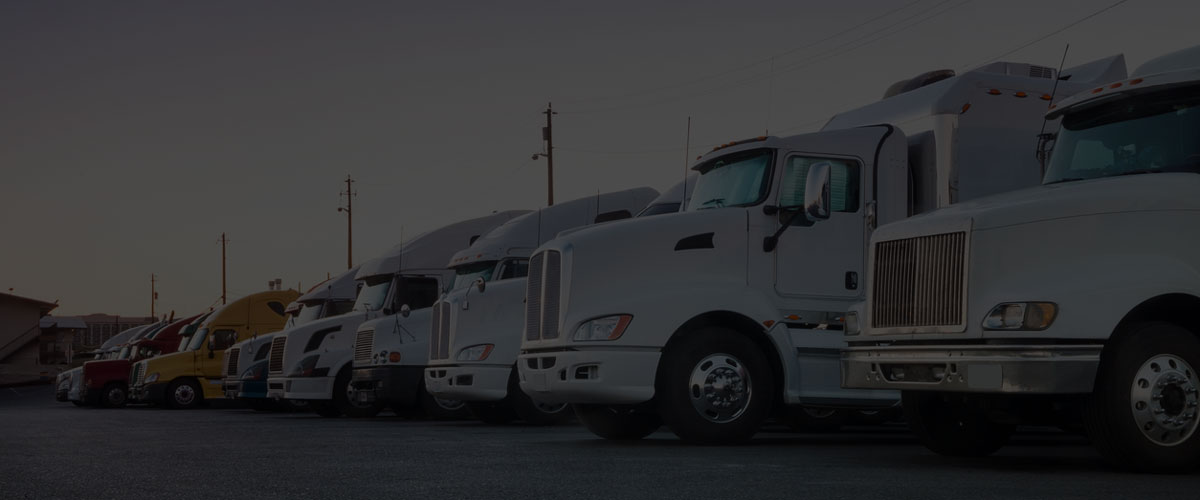
When is the right time to switch out your ELD?

Read our guide to help you select a long-term ELD solution that’s right for your fleet.
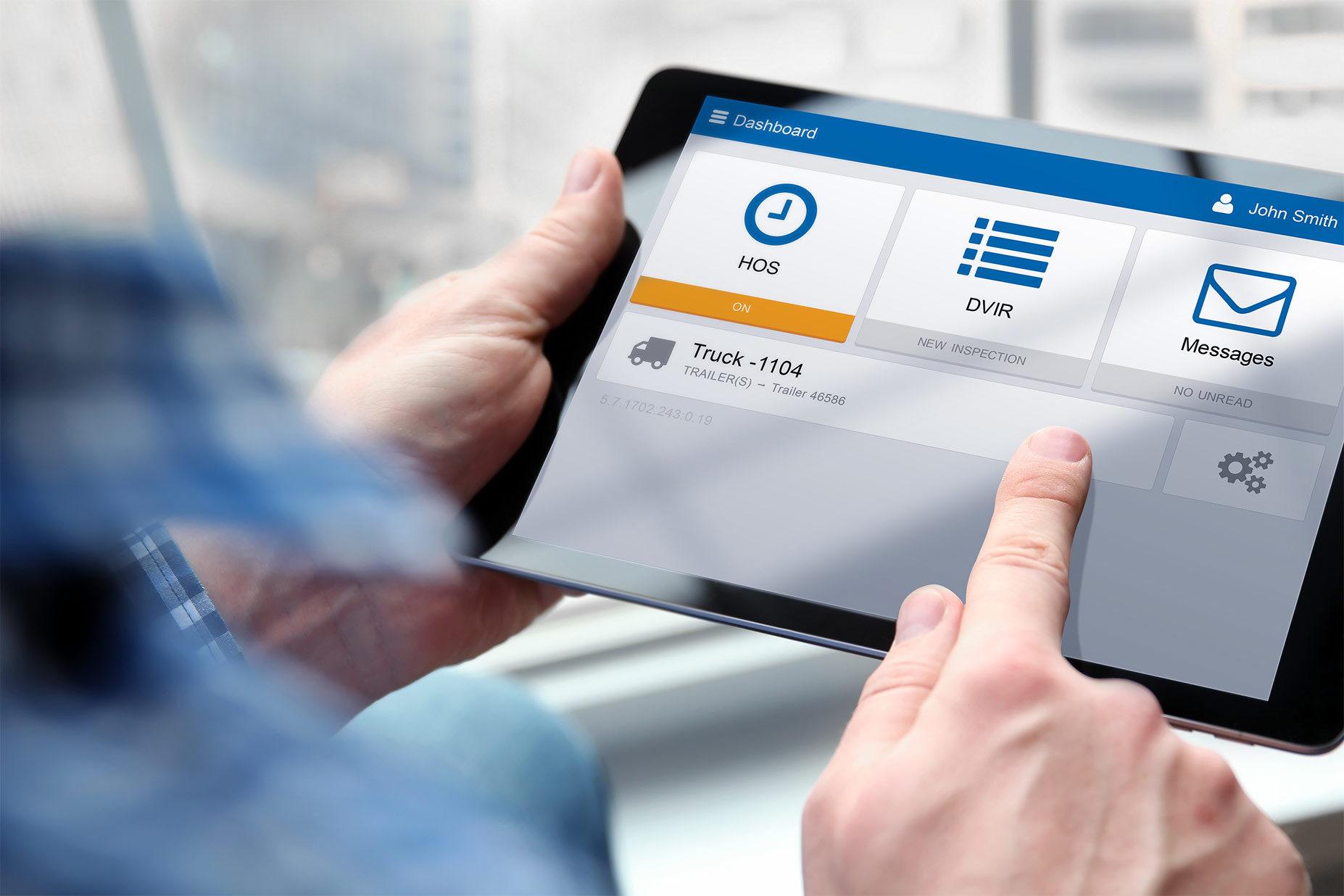
Switching out your ELD is a big decision. That’s why we created this guide. Inside, you’ll learn the benefits of a long-term ELD solution that can adapt and scale with your goals.
Get the right fit for your fleet:
- Identify signs it might be time to switch out your ELD
- Understand why your ELD should be an investment in the growth of your fleet
- Learn what separates a basic ELD from a more integrated and effective solution
BONUS: Learn about Geotab’s less than 1% device failure rate!
Read the ELD Buyer’s Guide now!
Post Tags
About Geotab
Geotab is a global leader in connected vehicle and asset solutions, empowering fleet efficiency and management. We leverage advanced data analytics and AI to transform fleet performance, safety, and sustainability, reducing cost and driving efficiency. Backed by top data scientists and engineers, we serve over 55,000 global customers, processing 80 billion data points daily from more than 4.7 million vehicle subscriptions. Geotab is trusted by Fortune 500 organizations, mid-sized fleets, and the largest public sector fleets in the world, including the US Federal Government. Committed to data security and privacy, we hold FIPS 140-3 and FedRAMP authorizations. Our open platform, ecosystem of outstanding partners, and Marketplace deliver hundreds of fleet-ready third-party solutions. This year, we're celebrating 25 years of innovation. Learn more at www.geotab.com and follow us on LinkedIn or visit Geotab News and Views.
© 2025 Geotab Inc.All Rights Reserved.
This white paper is intended to provide information and encourage discussion on topics of interest to the telematics community. Geotab is not providing technical, professional or legal advice through this white paper. While every effort has been made to ensure that the information in this white paper is timely and accurate, errors and omissions may occur, and the information presented here may become out-of-date with the passage of time.
Recent News
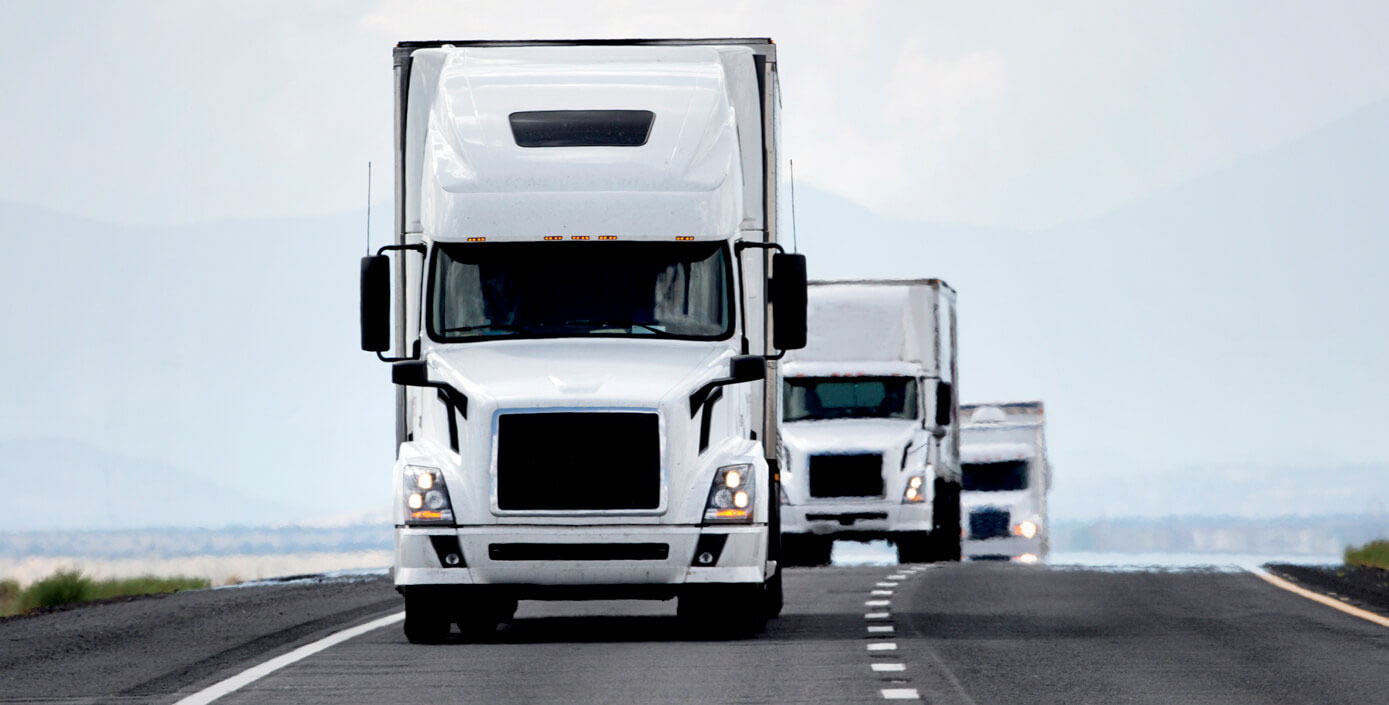
AOBRD vs ELD: What's the Difference?
June 18, 2024
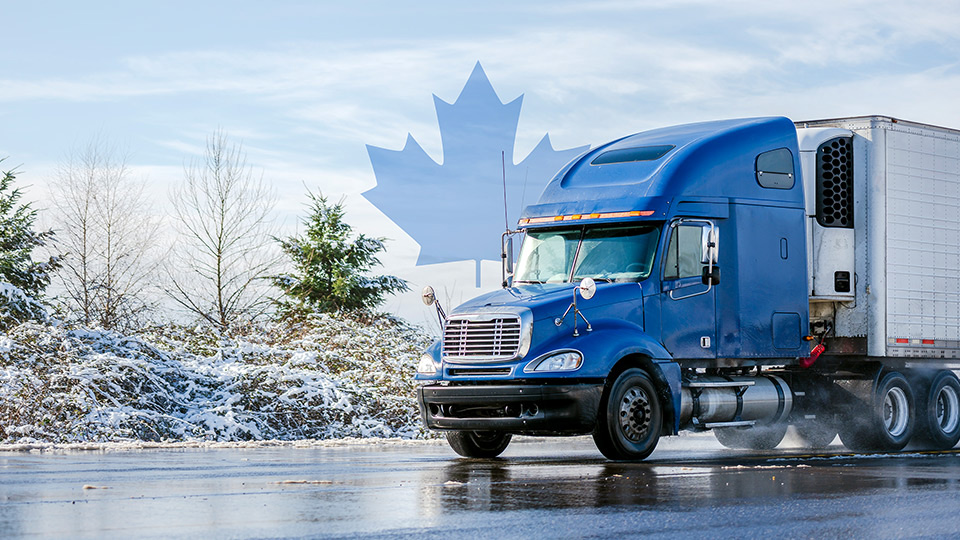
Your comprehensive guide to the Canadian ELD mandate
May 16, 2022
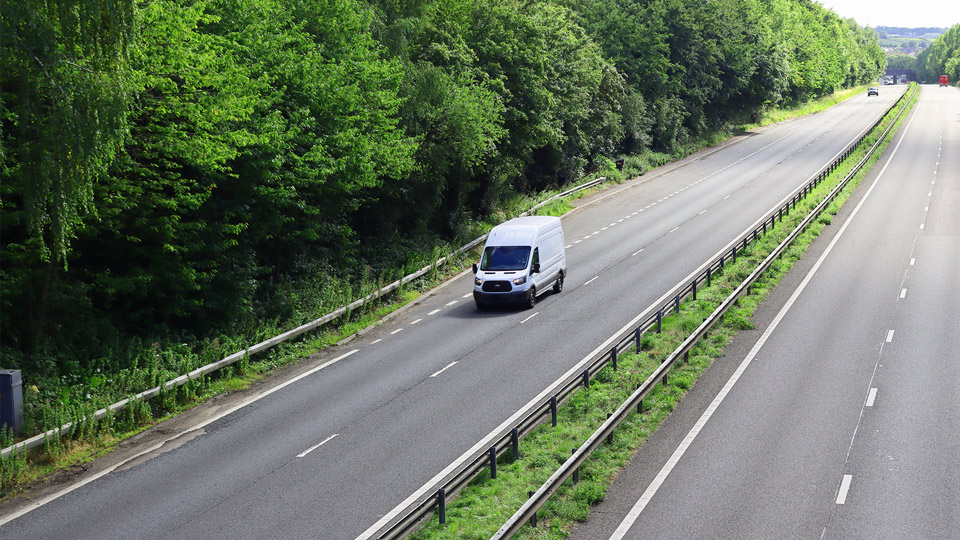
Combating rising fuel prices with fuel performance incentives
April 28, 2022
.jpg)
Customizing mobile workflow and fleet management to better serve drivers
June 5, 2020